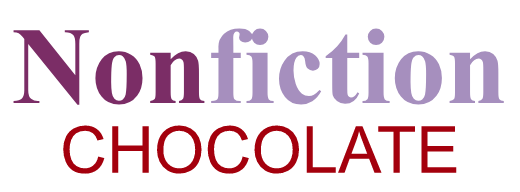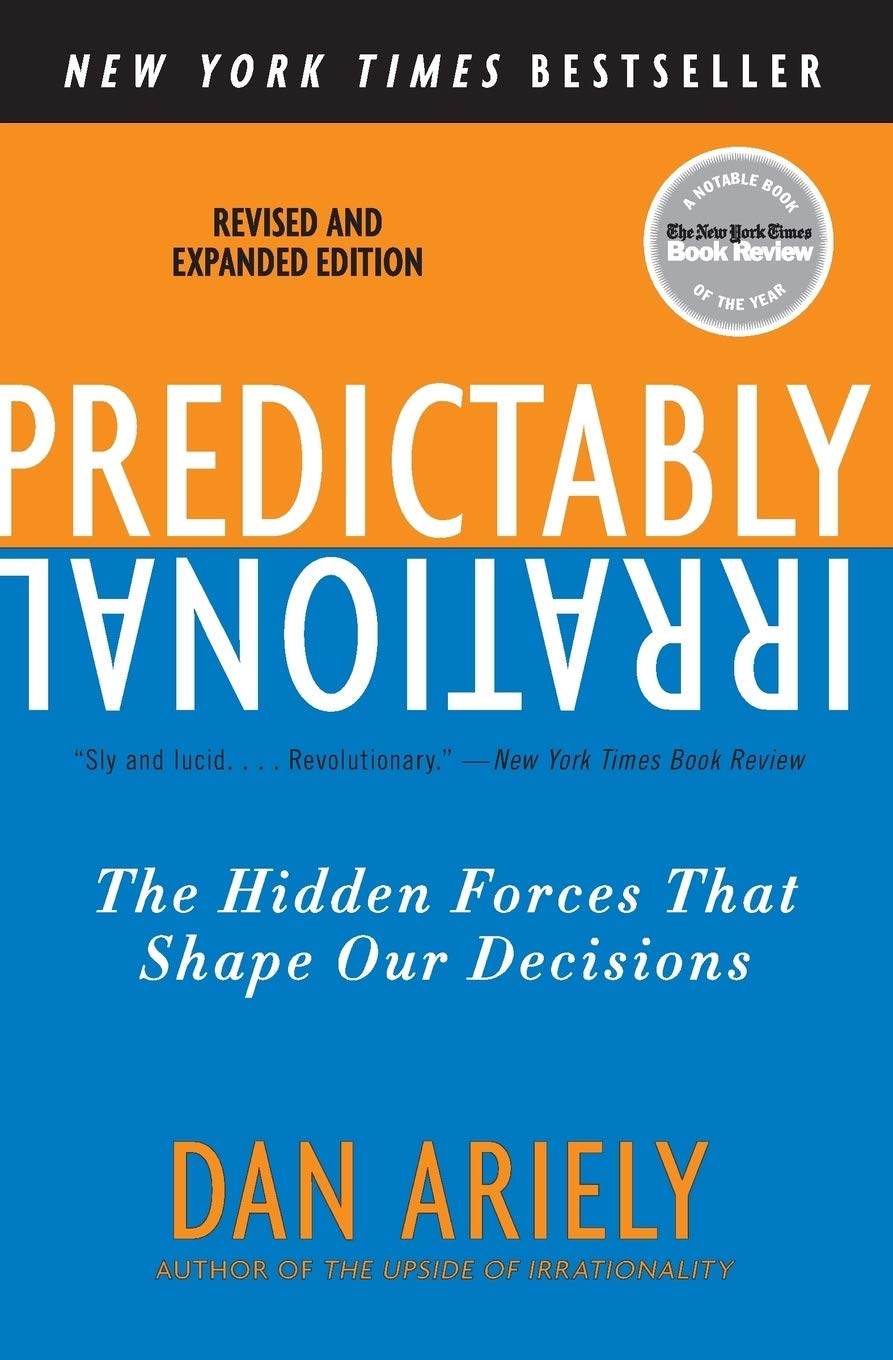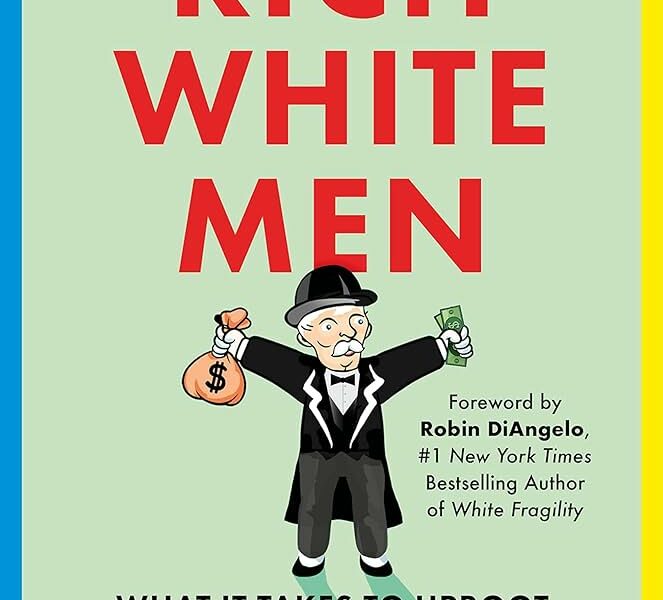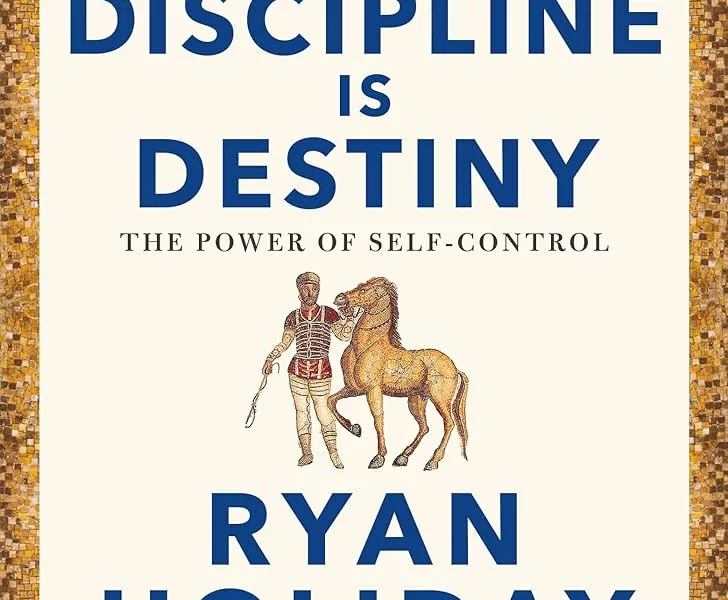Predictably Irrational by Dan Ariely is a captivating introductory read on behavioral economics. Through various experiments, Ariely demonstrates how irrational and predictable our human behavior is.
Pairs With: a pan of Fudge Brownies that you baked as a gift but have decided to keep all for yourself instead.
Predictably Irrational by Dan Ariely is a fascinating introductory read on behavioral economics and the irrational decisions humans frequently make. Not to worry if you are unfamiliar with behavioral economics like I was. Ariely does a thorough job of explaining the various experiments he conducted with his colleagues and what the results tell us about human behavior.
This book demonstrates how a standard view of economics falls short because it assumes humans are rational and informed. Behavioral economics realizes economics is based on a lot more than supply and demand since humans are susceptible to emotions, environment, and irrationality.
Anchors
Standard economics assumes the price of products will be set by supply and demand. However, since consumers rarely know the details of the supply or demand for any specific product, companies are able to dictate the price without much protest from the consumer. And as it turns out, it is quite easy to influence and manipulate how much we are willing to pay for something.
Ariely describes an experiment he did in which he asked the participants to write down the last 2 digits of their social security number. Then he asked them to write that number as a dollar amount next to three random objects. These items were now listed ‘for sale’ at the last-two-digits price. Next, he showed the participants three new random objects and asked them to write down the max amount they would be willing to pay for them. Interestingly, the participants with higher social security numbers were willing to pay more for the objects than the participants with lower social security numbers. The participants’ social security numbers acted as an anchor and influenced how much they were willing to pay.
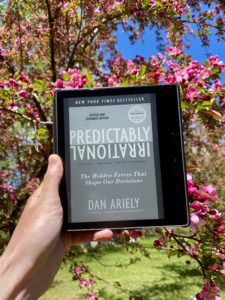
This experiment demonstrates how we make decisions based on comparisons even if the comparisons aren’t always logical. Ariely explains, “In the real world, anchoring comes from manufacturer’s suggested retail prices (MSRPs), advertised prices, promotions, product introductions, etc.—all of which are supply-side variables. It seems then that instead of consumers’ willingness to pay influencing market prices, the causality is somewhat reversed and it is market prices themselves that influence consumers’ willingness to pay.”
Two Different Worlds
Ariely explains that there is the social world with social exchanges and the market world with market exchanges. Typically these worlds are separate from each other. He explains, “Social norms get people to care less about their own selfish goals and pay more attention to the welfare of others…” However, “In economic exchanges, we are perfectly selfish and unfair. And we think that following our wallets is the right thing to do.”
Ariely’s studies showed that introducing market norms into social exchanges can actually hurt relationships. For example, people are often willing to volunteer for free out of the kindness of their hearts. But if you attempt to compensate them, and if your compensation is below fair market value, they will most likely decline to help. “Once market norms enter our considerations, the social norms depart.” Irrationally, they were happy to do it for free following the social norms. However, they are either insulted or unmotivated by your low-paying offer following the market norms. Ariely explains money is often the most expensive way to motivate people and that social norms are cheaper and often more effective.
Interestingly, non-monetary gifts fall within social norms and are the safest way to offer compensation in relationships that typically operate within the world of social exchanges. “The conclusion: no one is offended by a small gift because even small gifts keep us in the social exchange world and away from market norms.”
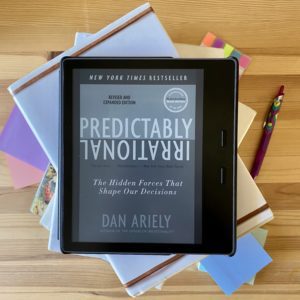
Conclusion
Although we all enjoy feeling like we’re in the driver’s seat when it comes to our decision-making, we are actually responding to hidden forces. Ariely breaks down many of these forces in this book and walks the reader through thoughtful experiments that demonstrate how irrational human behavior is. Ariely makes sure to describe the experiments and results in several different ways. Although his descriptions can get a bit repetitive, this is helpful if you don’t understand the first explanation. This is a great book for anyone looking to dip their toes into behavioral economics and understand the weird illogical ways humans respond and make decisions.
As it turns out, we are all predictably irrational.
Have you read this one or any other book on behavioral economics? Which were your favorites??
P.S. If you enjoyed this one you may also like This is Marketing by Seth Godin!
Thank you so much for supporting my blog! As an Amazon Associate, I earn from qualifying purchases.
